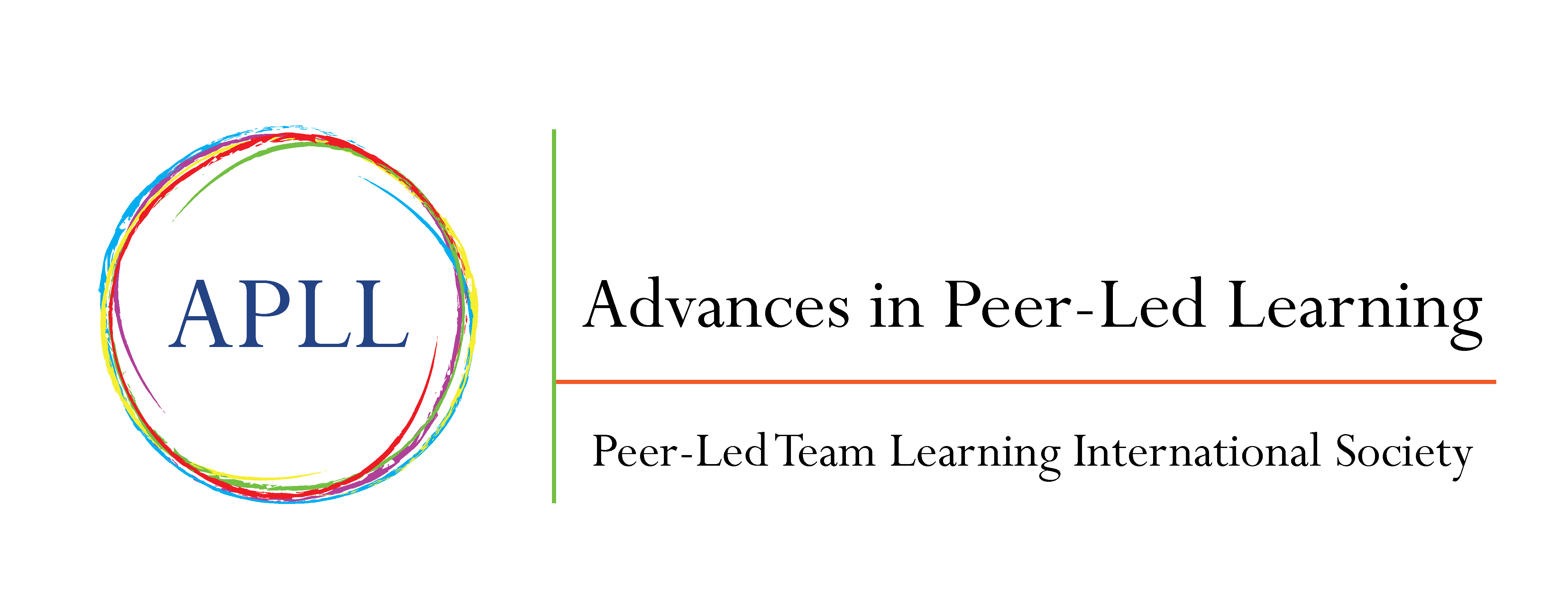The Peer-Enabled Restructured Classroom (PERC): Harnessing the Power of Urban Students to Achieve Success in STEM Classrooms
Sarah M. Bonner, Leslie S. Keiler, & Pamela Mills
Hunter College, City University of New York
Abstract
The Peer-Enabled Restructured Classroom (PERC) is an educational model for secondary school science and mathematics classrooms that was developed in New York City public schools under the auspices of a National Science Foundation-funded Math Science Partnership (MSP) between the City University of New York (CUNY) and the New York City Department of Education (NYC DOE). PERC successes demonstrate that middle-performing students in urban, often low-performing schools can be an integral resource to support academic reform and the success of all students. The origins, development, and implementation of PERC in multiple New York City public schools are reviewed in this retrospective. Research studies on the effects of PERC on the students, near-peer leaders, and teachers in the classrooms are presented. PERC demonstrates that restructuring classrooms to engage students deeply in peer instruction can empower students, including those from low-income, often under-resourced school communities, to become student leaders and achievers.
Keywords: Peer Instruction, Collaborative Learning, Teacher Development, School Change, Secondary Education, Urban Schools
Recommended Citation
Bonner, S.M., Keiler, L.S., & Mills, P. (2023). The Peer-Enabled Restructured Classroom (PERC): Harnessing the power of urban students to achieve success in STEM classrooms. Advances in Peer-Led Learning, 3, 34-55. Online at https://doi.org/10.54935/apll2023-01-04-34
